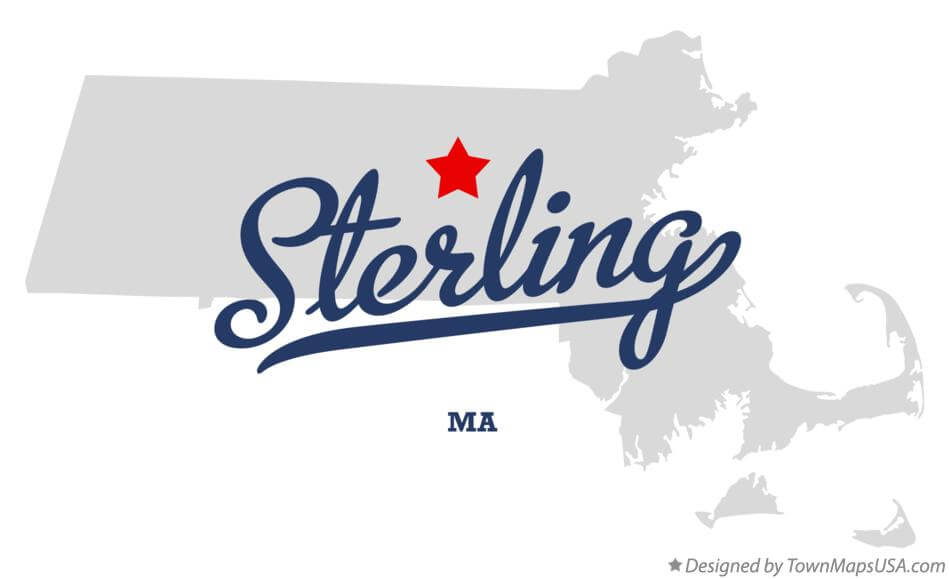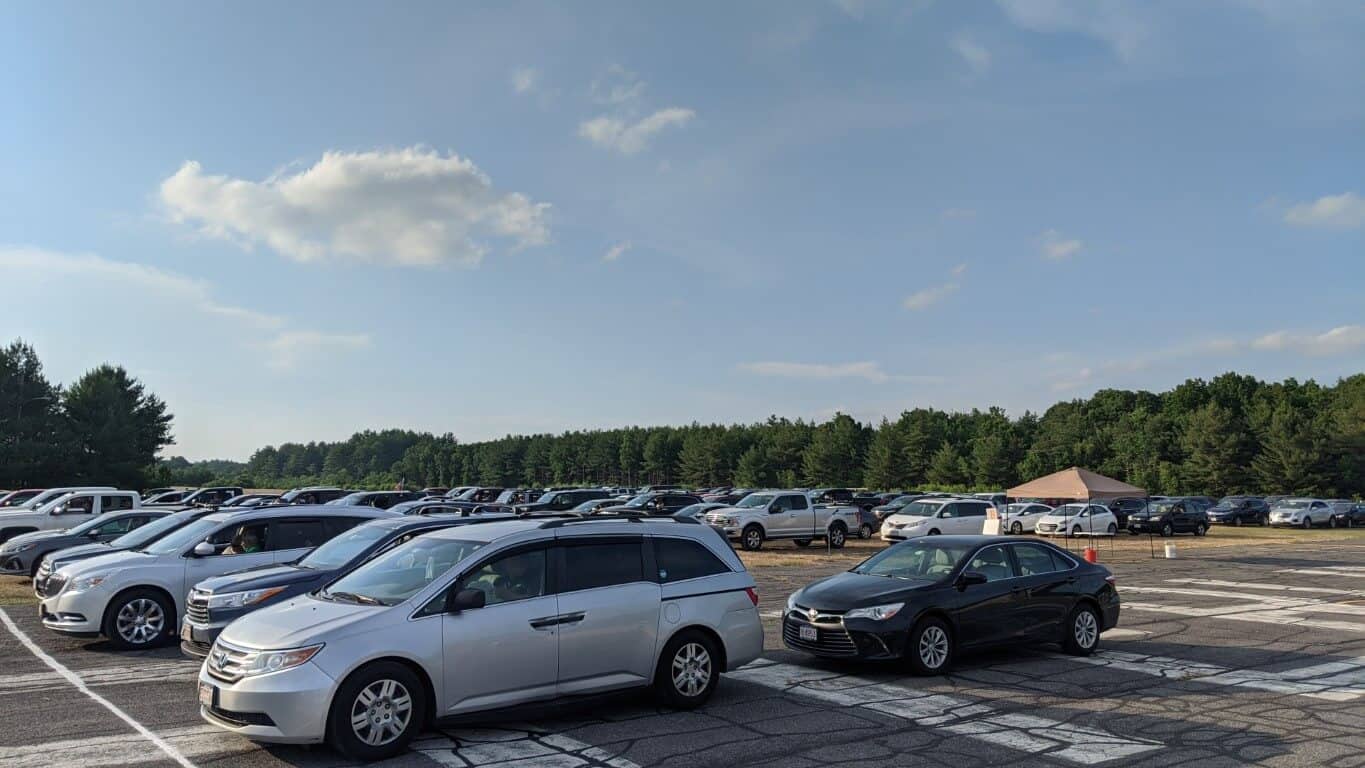Town Meeting Voting in the Time of COVID-19
New England Town Meetings are not known for social distancing. Usually several hundred citizens squeeze into a meeting room or gymnasium. Over the course of a long evening (perhaps several long evenings), they listen to matters to be voted on and then shout “aye” or “nay” to make their opinions known. They may be asked to hold up their hands or wave colored cards if the voice vote seems close.
Such activities are hardly compatible with efforts to minimize the spread of COVID-19, and that has created real challenges for towns throughout New England. The business of town administration continues. Town budgets, zoning bylaw changes, and citizen petitions need to be approved, COVID-19 notwithstanding.
West of Boston, officials in the town of Sterling found a novel way to hold Town Meetings while dodging the bullet that is the novel coronavirus: Hold the meeting at a local private airport where citizens could participate from the safety of their parked cars. Instead of waving their hands or brightly colored cards in the air—which would be hard to count at night—citizens could vote using wireless handheld clickers connecting to a radio-frequency-based electronic voting solution.
Overcoming the COVID-19 Challenge
“We tried to figure out how to conduct Town Meeting in something approximating the usual approach, but we couldn’t make it work,” says Ross Perry, Sterling’s recently retired Town Administrator. “We could not fit everyone into the school gymnasium and maintain social distancing. We looked at spilling over into the cafeteria, and then into a classroom, but then we ran into issues with using the schools’ public address system and needing to have meeting moderators in each room who could count the votes and relay questions back and forth. It just wasn’t working.”
The idea of using the airport arose when officials in Sterling learned of another town that was holding its Town Meeting in an old drive-in movie theater. Sterling didn’t have a drive-in movie theater but there was a nearby private airport that hosted the annual town fair. The flat, open parking area at the airport could accommodate up to 5,000 cars. Social distancing problem solved!
The question that remained was how to vote. With cars spread out across that much space, it would be difficult to count raised hands or colored cards. Indeed, it would be impossible if the meeting went on long after sunset or a rainstorm kicked up during the meeting.
“We learned that the town of Rutland had used clickers for their Town Meeting, so we contacted our counterparts there and had a very helpful conversation,” says Fred Aponte, who acts not only as the town accountant and operations manager but also Sterling’s stand-in IT expert.


Contactless Voting
What Aponte and Perry heard about clickers sounded like the solution that Sterling needed—if they could make it work. Of the three solutions they reviewed, the EZ-VOTE solution from Meridia appeared to check all the boxes on the town’s list of requirements. Sterling could purchase, not just lease, the system; it would need only one base station to communicate with several hundred clickers; and the software would permit anonymous voting during Town Meeting but could also be set to identify voters if the town wanted to use the system for town council or committee meetings. After taking all factors into consideration, Sterling purchased the EZ-VOTE system and enough clickers to meet the needs of Town Meeting.
While Perry and Aponte saw Meridia’s EZ-VOTE as a viable solution to the challenges posed by COVID-19, they also shared a certain apprehension. This would be, after all, a serious deviation from hundreds of years of tradition and they wanted to make sure they got it right for everyone involved.
“You can be computer literate and good at setting up and running systems like this,” says Aponte, “but when you’re under pressure like this to get it right the first time, you just don’t know what’s going to happen. When everyone is already under so much pressure because of COVID-19, well, it just wasn’t a night on which we felt we could afford to have even tiny technical glitches.”
Sterling purchased the Meridia solution using emergency funds from the CARES act, and the cost of the system was low enough that Sterling had enough money left over to purchase support services from Merida to help ensure the success of Town Meeting. Personnel from Meridia helped set up and configure the system, even working with a local radio enthusiast who donated a signal booster to ensure that clicker signals from every part of the parking area were picked up. Sterling’s emergency management team lent an AM radio transmitter that Town Meeting officials used to broadcast the discussion to all the car radios in the lot so people could hear without straining. A system was devised so that individuals in the car lot who wanted to comment on a matter could make themselves heard (they would flash their car lights and a meeting moderator with a wireless microphone would speed over to the car in a golf cart). A drive-path was constructed so that all attendees driving in received a meeting bag containing paper copies of all matters to be discussed and a wireless clicker that was ready to go when the vote opened.
Clicking with Confidence
Despite the fact that the event was attended by nearly 50% more residents than Sterling officials expected (the suspicion is that residents were looking for any excuse to get out of the house for the evening), Sterling’s 2020 Town Meeting went off without incident. The AM radio broadcast ensured that all participants knew what was going on; the remote microphones captured input. The EZ-VOTE software made it easy to update proposed articles in real time and the wireless clickers made it easy to capture and count all the votes from all over the parking lot—even the back row more than 400ft away from the stage.
“Everyone found the clickers easy to use,” says Perry. “We demonstrated how they worked early on and showed them that if they had a change of heart they just needed to push a different button before the vote was closed. They could push the button a hundred times, but the last one pushed is the one that counts. That’s the vote that’s ultimately recorded.”
The EZ-VOTE system provided Sterling with other benefits, including rapid response and voter anonymity. “Counting hands or colored cards took time,” says Aponte. “If there was a close vote or a contested vote that demanded a recount or prompted a call for an actual paper ballot, that could easily take 20 minutes or more per vote. With the wireless clickers and EZ-VOTE, the votes could be captured, counted, and presented in seconds. The numbers were exact, and there was no question about how things were decided.”
Many voters also seemed to appreciate the anonymity that the clickers afforded. “I’ve heard people complain about the publicity of the vote in the past,” says Perry. “Sometimes people have felt a certain pressure to vote one way or another from the person sitting next to them, particularly if there’s a contentious issue on the ballot. The clickers resolve that conflict. Everyone can vote the way they want to.”
“People had no complaints about the clickers,” Perry goes on to say. “In fact, everything we heard indicates people are looking forward to using them again in the future.”





